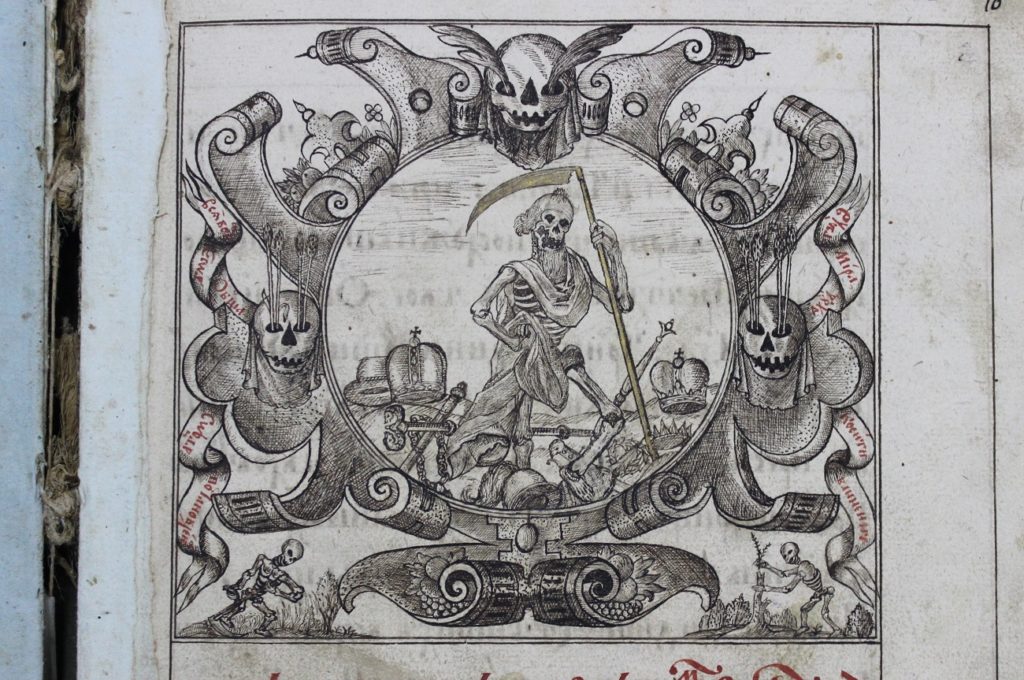We continue the story about the Baturyn Synod, kept in the collection of the Chernihiv Regional Historical Museum named after. VV. Tarnovsky.
This time, the biography of its designer is in the center of our attention. He spelled his name in different ways. The following signatures are found on the pages of the Synod: Hieromonk Serafion, Hieromonk of the Poltava Monastery Serafion Zaharievich B., Serafion Zaharievich of Poltava, Hieromonk Serapion. We do not know his secular name and surname. In the rubric
Childbirth of the all-honorable Hieromonk's general abodeHoly oil his family is also mentioned:
The lineage of the honorable hieromonk Serafion Zaharievich of Poltava. Presented the year of the ACPEU (1685) the month of August E (5) day.
Lord remember the souls of your departed servants
Hieroshimonakh Grigory, Hieromonk Gerasim, Hieromonk Gervasius, Eustafia, Eudokia, Zacharias, Daniel, Maria, Iosifa, baby Vasiliy, baby Iyakov, Vasily, Iosifa, Christina, Michael, Iakov, John, John, Anna, Eudokia, Hierodeacon Misail, Hieromonk Serapion.

The pages of the Baturyn Synod book where the lineage of the monk Serafion is recorded

Picture “Dance of death”. Replica of Hieromonk Serapion
As for a monk, this is a lengthy record, that is, he was a respected person both by origin and by his artistic talent. The commemorative record testifies, that he came from a family of priests. Maybe Poltava. Additional searches are needed in the Poltava archives, to give an affirmative answer. Among his artistic heritage, the painting "Dance of Death" attracts attention. This is a copy from the famous incunabula 1493 Dr.. "Nuremberg Chronicles" by Hartmann Schedel or as it is also called Book of Chronicles - medieval illustrated (1809 color illustrations!) encyclopedia, which consists of stories about the history of mankind, biblical stories, history of ancient cities, in particular, Lviv, etc. It comes out, that this incunabula was in Cossack Poltava, or in the hetman's capital Baturin! We do not know whether it was Serafion's own copy or whether he took the book from the monastery library. Thus, we have proof of very ancient cultural ties between Cossack Ukraine and Western Europe. Unfortunately, this incunabula was not preserved either in Chernihiv or Poltava book collections, as well as in Ukraine in general.
Старший науковий співробітник музею,
кандидат історичних наук Ігор Ситий

More Stories
Congratulations to dear Vera Zaychenko!
Anthem of Ukraine and Verbytskyi
Commemoration of the liquidators of the consequences of the accident at the Chernobyl nuclear power plant